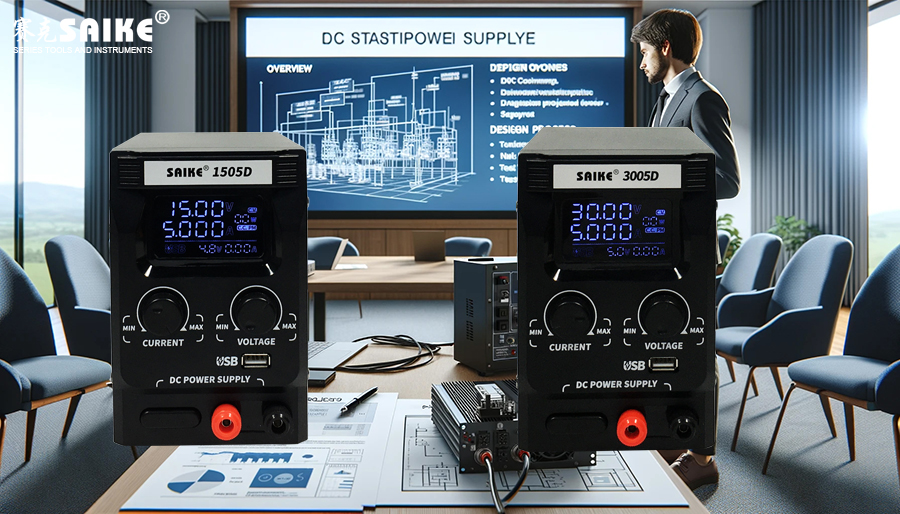
SK-YJ000ZLWYDY-KP 100008
In a DC stabilized power supply system, the voltage stabilization circuit plays a pivotal role in maintaining a constant output voltage, regardless of changes in load or input voltage. This stability is crucial to ensure the normal operation of electronic devices connected to the power supply. This article will delve into the working principles of the voltage stabilization circuit, exploring common voltage stabilization techniques and key components.
I. Types of Voltage Stabilization Circuits
1.Linear Regulator
– A linear regulator operates in a linear mode using transistors or adjustable integrated circuits (ICs) to regulate the current flow, thereby controlling the output voltage.
2.Switching Regulator
– A switching regulator utilizes high-speed switching transistors and energy storage elements (such as inductors and capacitors) to rapidly open and close current paths, generating efficient and stable voltage output.
II. Key Components and Functions of Voltage Stabilization Circuits
1.Regulating Elements (Transistors or ICs)
– These are the core of linear regulators, precisely controlling the current flow to maintain a constant output voltage.
2.Comparators and Feedback Mechanisms
– Voltage stabilizers often include a feedback system that compares the output voltage with a reference voltage, adjusting the transistor’s conduction state to ensure stable output voltage.
3.Switching Elements (Typically MOSFETs or IGBTs)
– In switching regulators, these elements switch rapidly, adjusting the average voltage to the load by controlling the on-off time ratio (duty cycle).
4.Energy Storage Elements (Inductors, Capacitors)
– Inductors store and release energy, helping to smooth the output voltage. Capacitors filter the output voltage, reducing fluctuations and noise.
III. Detailed Analysis of Voltage Stabilization Process
1.Linear Voltage Stabilization
– When the input voltage or load changes, the feedback system detects changes in the output voltage and adjusts the transistor’s impedance, increasing or decreasing the current through the transistor to maintain a stable output voltage.
2.Switching Voltage Stabilization
– By continuously opening and closing the switching elements, the switching regulator controls the average current. Inductors and capacitors smooth voltage fluctuations in this process, producing a nearly constant output voltage.
IV. Efficiency and Applications of Voltage Stabilization Circuits
1.Efficiency
– Switching regulators are typically more efficient than linear regulators because they consume less energy during the switching process. Linear regulators convert excess electrical energy into heat, resulting in lower efficiency.
2.Applications
– Linear regulators, known for their simplicity and low noise characteristics, are suitable for sensitive audio or measurement equipment. Switching regulators, with their high efficiency and flexible input voltage range, are widely used in portable devices and high-power applications.
V. Conclusion
The voltage stabilization circuit of a DC stabilized power supply ensures the stability of the output voltage by precisely controlling the current flow. This stability is crucial for all electronic devices that require DC power. Understanding the working principles of voltage stabilization circuits, their key components, and their performance in different applications can aid in designing more efficient and reliable power solutions.


